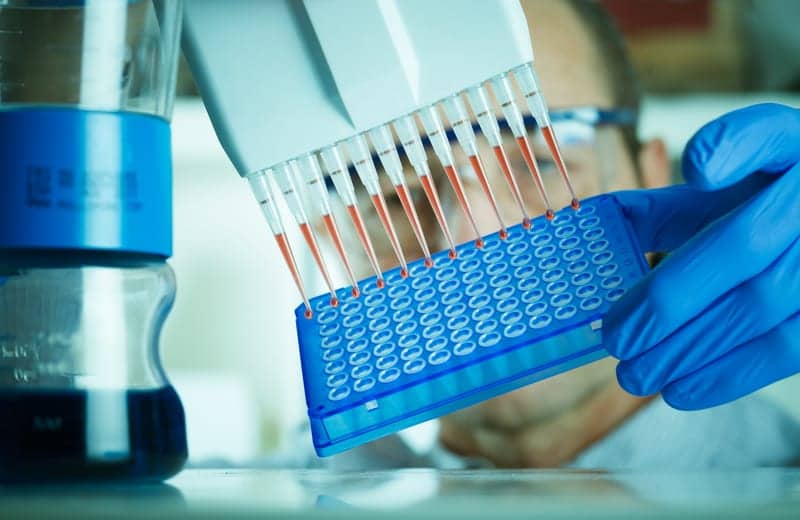Theravance Biopharma Inc today announced the presentation of positive new data from several studies of Vibativ (telavancin), the Company’s proprietary FDA-approved antibiotic. Study results highlighted greater in vivo and in vitro potency for Vibativ against difficult-to-treat Staphylococcus aureus (S. aureus) pathogens as compared to other commercialized antibiotics.
Additionally, presented findings included results from a study evaluating the pharmacokinetics of Vibativ in obese subjects. These data were presented at the 27th European Congress of Clinical Microbiology and Infectious Diseases (ECCMID), which is being held in Vienna, Austria, April 22-25, 2017.
Highlights from the Vibativ presentations at ECCMID include:
- Activity Against Global Collection of S. aureus Clinical Isolates. Results of a study showed that VIBATIV possessed the greatest in vitro activity of all antibiotics evaluated against a broad, global collection of difficult-to-treat S. aureus clinical isolates, including those considered to be methicillin-resistant (MRSA) and methicillin-susceptible (MSSA). This activity for Vibativ was seen against 100% of the evaluated S. aureus clinical isolates regardless of their type or resistance profile, including those considered to be multidrug-resistant (MDR). Overall, the minimum inhibitory concentrations (MICs) for Vibativ were eight- to 16-fold lower than for vancomycin, daptomycin and linezolid against the MRSA or MDR isolates. MICs are a measure used to express in vitro activity of an antibiotic against a pathogen.
- Activity Against S. aureus in Murine Infection Models. Researchers presented findings from a study designed to examine and compare the pharmacokinetic and pharmacodynamic properties of Vibativ and vancomycin against S. aureus strains, including MRSA, in the neutropenic murine thigh and lung infection models. Results demonstrated greater in vivo potency for Vibativ as compared to vancomycin against S. aureus in these models. Potency was measured by MICs and those measurements were determined to be excellent predictors of treatment efficacy against the target infections. The in vivo potency advantages seen in this study validate the ongoing use of Vibativ in its approved indication of hospital-acquired and ventilator-associated bacterial pneumonia (HABP/VABP) caused by susceptible S. aureus isolates, including MRSA.
- Pharmacokinetics of Vibativ in Obese Subjects. In a third presentation, researchers reported results of a study that evaluated the pharmacokinetic profile of VIBATIV when delivered in a single, stratified, fixed weight-based dose. With the understanding that body weight can be a key determinant of patients’ exposure to a drug, researchers were interested in examining the pharmacokinetics of VIBATIV in obese subjects. Study results demonstrated that moderately to severely obese subjects had higher VIBATIV distribution and clearance levels than normal weight or mildly obese subjects.
“We are excited to continue to build our extensive collection of scientific data highlighting the range of product advantages that we believe favorably position Vibativ against competitor antibiotics. By highlighting the activity of Vibativ in multiple in vitro S. aureus infection models, as well as against a range of S. aureus clinical isolates, the presented data at ECCMID confirm the in vivo potency of Vibativ,” said Frank Pasqualone, Senior Vice President and Global Head, Acute Care Business at Theravance Biopharma. “These latest data complement the preliminary results from our ongoing TOUR™ patient registry study that were also presented at ECCMID.”










